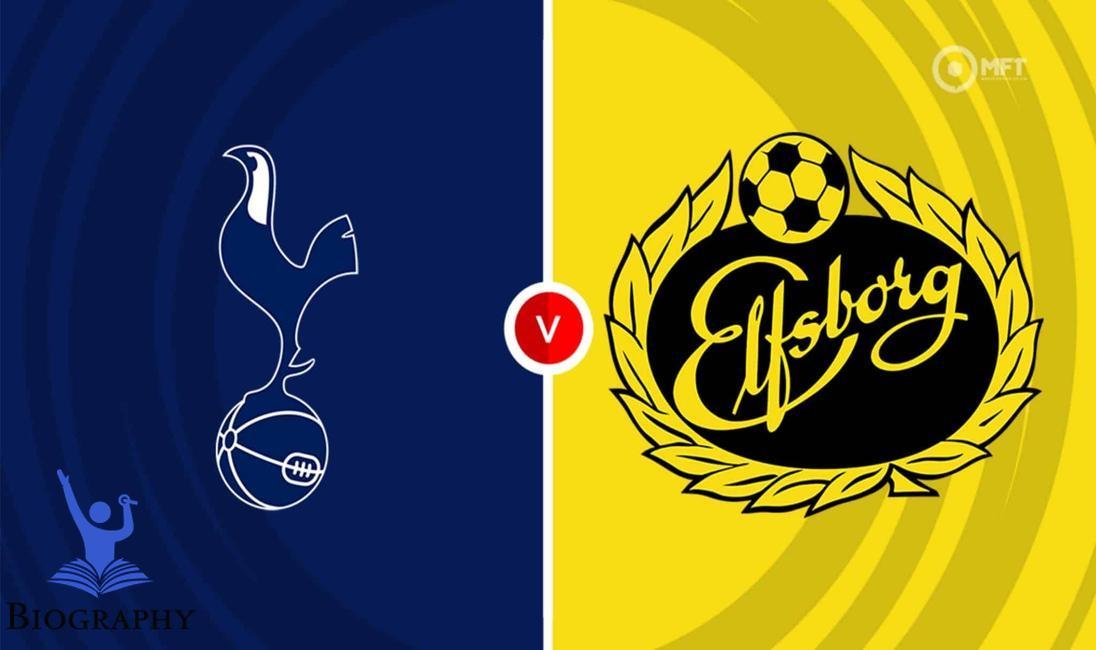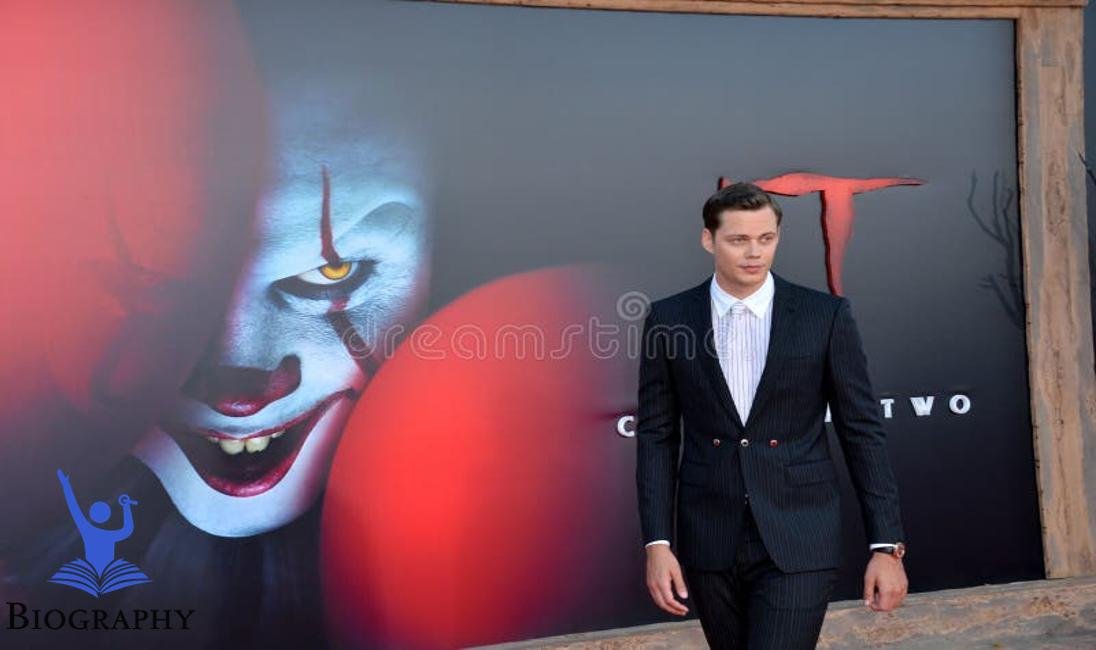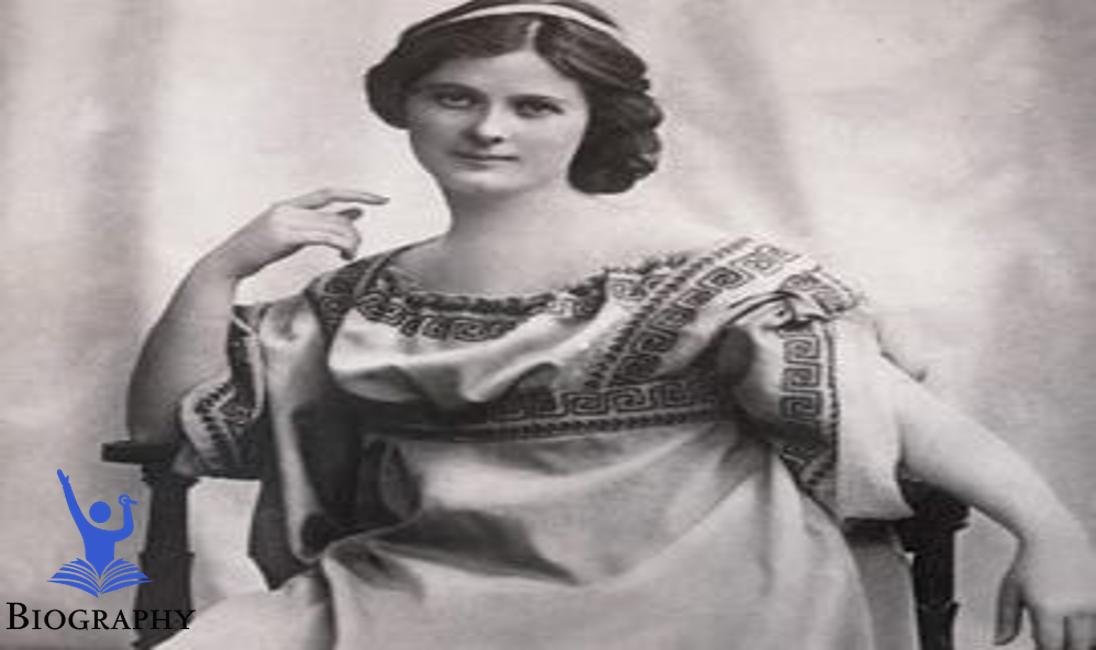Now Reading: Gustav Klimt|Biography,Art,Family,Facts & Wiki
-
01
Gustav Klimt|Biography,Art,Family,Facts & Wiki

Gustav Klimt|Biography,Art,Family,Facts & Wiki
Gustav Klimt: A Biography
Quick Facts Table
| Detail | Information |
|---|---|
| Age | 55 (at time of death) |
| Weight | Not widely documented |
| Height | Not widely documented |
| Original Name | Gustav Klimt |
| Eye Color | Brown |
| Children’s Names | Ruth and Otto Klimt |
| Birthdate | July 14, 1862 |
| Spouse | Emilie Flöge (partner) |
| Home | Vienna, Austria |
| Hometown | Baumgarten, Vienna |
| Origin | Austria |
| Exes | None listed publicly |
| Brand Ambassador Roles | None documented |
Early Life and Family
Gustav Klimt was born on July 14, 1862, in Baumgarten, a suburb of Vienna, Austria. He was the second of seven children in a family where his father, Ernst Klimt, was a goldsmith. His mother, Anna Klimt, had creative aspirations and never sought them out. Having had a childhood in an imaginative environment, Klimt was influenced by his father’s work, which may have been the source of his interest in art.
From the beginning, Klimt displayed imaginative powers, and his transcendent powers were often portrayed. Her family faced financial hardship, but this did not stop her passion for crafts. From the age of 14 he attended the Vienna Institutes of Expressionist Artworks, where he honed his abilities in drawing and composition. This training was crucial in laying the foundation for his future as an artist.
Early Career and Struggles
After completing the search, Klimt, together with his cousin Ernst and another sculptor Franz Matsch, established an art gallery where they tackled projects reminiscent of frescoes and paintings for public buildings in Vienna. While Klimts’ original work was commercially successful, he fought to find his specific voice in the jam-packed craft world.
The challenges she faced included commissioning as well as a desire to reveal her personal information. In some cases, Klimt’s focus on developing art stimulated research from extra-traditional experts who relied on truth rather than speculation During this time he faced pressures adhering to settled norms, resulting in inner turmoil as an emerging artist.
Rise to Stardom
Klimt’s development coincided with his own fundamental style that complicated the graphic design and workmanship. His imaginative use of gold leaf and unexpected wordplay signaled an escape from conventional artistic conventions. The 1894 mural The Way of Thinking captured the eye tremendously and showcased his exquisite style of mixing figurative text and luminous effects
An association with the 1897 Vienna Retreat of the Artists’ Collection pushed his work further. The theme of the conference was to improve the current craft and liberate specialists from traditional expectations. This phase allowed Klimt to showcase his work and gain respect in Viennese art circles and then some.
Perhaps his most famous work, The Kiss (1907-1908), represents his unique style. These compositions, colored by intimate devotion and gold leaf masterpieces, established Klimt’s status as a major figure in the world of art
Success
Gustav Klimt‘s success blossomed in the mid-twenties as he flourished on infamous canvases, including the Adele Bloch-Bauer I Portrait and Tree of Life These projects demonstrated his mastery of imagery, creativity and consumption role in the revealed. Klimt became known for her self-portraits, especially portraying women who are often accused of evoking virtue and emotion.
His presentations attracted large groups and his work was eagerly sought by collectors, spurring considerable economic growth in his later years. Klimt’s music was painted with nostalgia, otherworldliness and a unique decor. He later became an important figure in the balance de sickle sculpture scene and perhaps Austria’s most famous sculptor.
Failure
Despite his success, Klimt faced setbacks and bad luck in his career. Some folk artists excused his work as shallow because it was decorative. Its erotic subject matter was dubious and aroused healthy emotions in the public. Viennese retreats sometimes faced backlash from middle-class groups opposed to current art.
Klimt also dealt with his own difficulties, adding to his close association with women, which greatly affected his work but he mourned again Tensions between his life and his intellectual aspirations were often seen in his productions but in addition inspired images of self-interrogation
Television Career
Gustav Klimt didn’t make a TV appearance, but his creative legacy has been highlighted in various stories and craft communications. These works examine his life, influence, and the impact of his work. Its pieces have been presented to the wider public, educating audiences on its importance in the development of craft nouveau and design
Today, Klimt’s influence is strong in contemporary culture, with references to his art appearing in movies, music and TV shows. In many cases, his style is celebrated in expression across the planet, further cementing his status as an immortal icon in the art
Humanitarian Work
However, while focusing primarily on his art, Klimt remained involved in a number of social aspects throughout his life. He supported liberal organizations and helped work to make pledges. In addition, he advocated human expression and pushed for exclusive rights through his cooperation at the Vienna Retreat.
Klimt’s legacy also extends to his creative direction. He supported young artists by mentoring them and opening doors, helping them find their way into the serious craft world. Its responsibility to sustain the mood reflects its more extensive supporting qualities, resulting in a more robust local creativity in Vienna.
Personal Life and Controversies
Gustav Klimt’s personal life was complicated and often reflected his turbulent relationships. He had few heartfelt relationships and never formally married. His partner Emily Flge was a big figure in his life, and their close relationship influenced his career.
Klimt was known as a confidant who liked to keep his works subtle. Even so, his relationships, especially with women, often became the subject of public consciousness. Her portrayal of women in particular incorporating their lives sparked a discussion about orientation, love and lack thereof at Blade de-Sickle Vienna
Part of his work was part of the controversy, especially on less controversial topics. In any case, Klimts ability to inspire critical reflection on his art explored cultural values and ideas turned into a central characteristic of his legacy.
Legacy / Awards
Gustav Klimt died on February 6, 1918, but his impact on the craft world lives on. He remains a major figure in craft nouveau and design, influencing endless scholarship and subsequent development. His conceptual techniques, especially his use of gold leaf and reference subjects, provide continuity for artists in the present.
Today, Klimt’s artworks are of absolute importance on the planet in general. The Adele Bloch-Bauer I agency, which closed for more than $135 million in 2006, placed her among the most distinguished development professionals in the history of marketing Her works are featured across galleries and draw respect from them interested in crafts.
Klimts knowledge has sparked a renewed interest in crafting and inspired exhibitions devoted to his work, assuring that people will value his legacy in the future. His ability to blend excellence with complexity makes him a rarity in Austrian craftsmanship and then some.
Conclusion
The life and work of Gustav Klimts demonstrates the extraordinary strength of craft in the public eye. As a critic of Viennese separatism and the development of Workmanship Nouveau, he analyzed the exhibition and made a lasting stamp on the graphic universe. His legacy is told in an engaging style that strings designs together with deep imagery, exploring themes of love, nature and the human experience
Through his dynamic and often questionable work, Klimt changed the watery landscape of his time. Through his infamous paintings or show-stopper beauty he continues to inspire and amaze the masses, proving his status as one of the most unique artists to date if his search for emotional depth closer to home establishing him as Gustav Klimt whose works immortal symbolism continues to speak of sculpture lovers on the planet all.







































